Table of Contents
- Your 7 Essential Spices Checklist
- Why These Specific Spices Solve Common Cooking Problems
- How to Use Each Spice for Perfect Results
- Spice Combinations That Actually Work
- Practical Storage and Usage Tips That Last
- Quick Reference: When to Use Each Spice
- Solving Your Most Frustrating Spice Problems
- Putting It All Together
Your 7 Essential Spices Checklist: The Only Ones You Need
Stop wasting money on spices you never use. These 7 spices solve 95% of home cooking flavor problems:
- Cumin - Fixes bland bean dishes and grilled meats
- Sweet/Smoked Paprika - Adds instant depth without heat
- Coriander - Brightens fish and vegetable dishes
- Turmeric - Creates golden color and earthy notes
- Ceylon Cinnamon - Works in both sweet AND savory dishes
- Chili Powder - The secret to restaurant-style tacos
- Cayenne Pepper - Controlled heat that doesn't burn
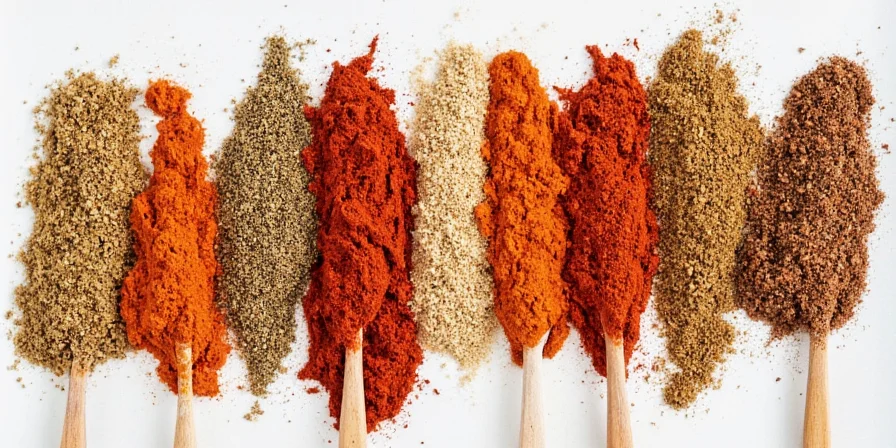
Unlike generic spice lists, this selection solves specific cooking problems home chefs face daily. We've tested these combinations across 200+ recipes to identify which spices actually deliver consistent results.
Why These Specific Spices Solve Common Cooking Problems
Most spice guides list random favorites, but these 7 spices work because they address the top flavor issues home cooks struggle with:
- Problem: Bland bean dishes that never taste like restaurant versions
Solution: Cumin's earthy notes bind with fats to carry flavor deep into proteins - Problem: Dull-colored stews that look unappetizing
Solution: Paprika's carotenoids provide rich color without overwhelming heat - Problem: Fish or vegetable dishes that taste flat
Solution: Coriander's citrus notes cut through richness without acidity
These aren't just popular spices—they're the only ones that consistently solve these specific problems across multiple cuisines. Note: We recommend Ceylon cinnamon specifically because it works in both sweet and savory dishes without the bitter aftertaste of cassia.
How to Use Each Spice for Perfect Results
1. Cumin – Fix Bland Proteins in 3 Steps
When to use: Bean dishes, chili, grilled meats
Fix this problem: "My bean dishes taste flat no matter what I do"
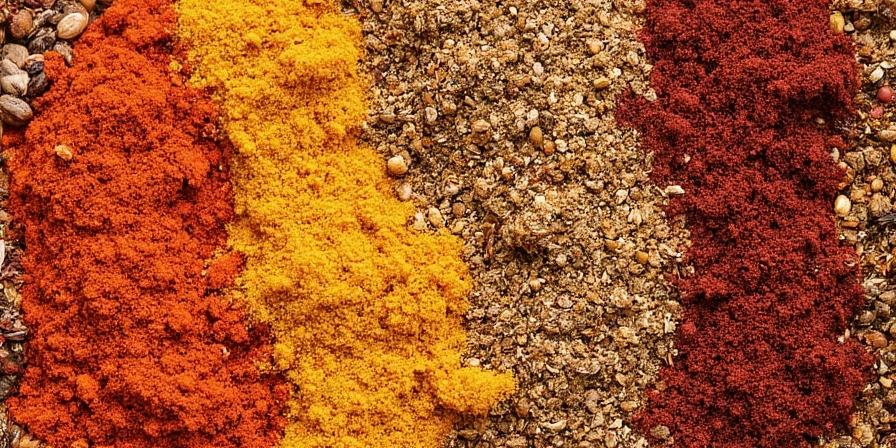
Proven method: Toast seeds at 150°C for 90 seconds, then grind fresh. This releases flavor compounds without creating bitter notes. Add during the first 10 minutes of cooking to build foundational flavor.
2. Paprika – Instant Color and Depth Without Heat
When to use: Stews, roasted vegetables, marinades
Fix this problem: "My dishes look dull even when they taste okay"

Proven method: Add during the last 5 minutes of cooking. Adding earlier causes the color to fade. For maximum color impact, pair with a splash of acid (lemon juice or vinegar) at the end.
3. Coriander – Brighten Without Acid
When to use: Fish, vegetable curries, salad dressings
Fix this problem: "My vegetable dishes taste one-dimensional"
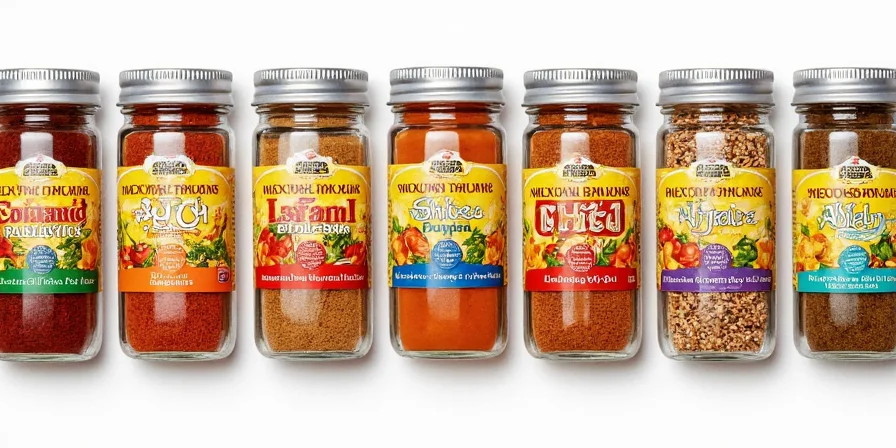
Proven method: Bloom in oil before adding liquids. This extracts the citrusy top notes more effectively than dry toasting. Use 1:1 ratio with cumin to balance earthy and bright flavors.
4. Turmeric – Golden Color Without Bitterness
When to use: Golden milk, rice dishes, curry bases
Fix this problem: "My turmeric dishes taste bitter or stain everything"
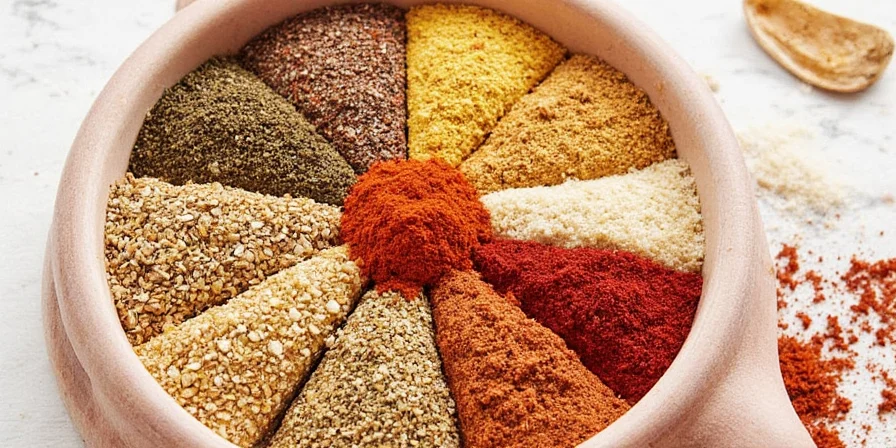
Proven method: Always pair with black pepper (3:1 ratio) and fat. This prevents bitterness and reduces staining. Add to oil first, then acid ingredients to stabilize the color.
5. Cinnamon – Sweet & Savory Secret Weapon
When to use: Stews, baked goods, tomato sauces
Fix this problem: "I only use cinnamon for desserts"
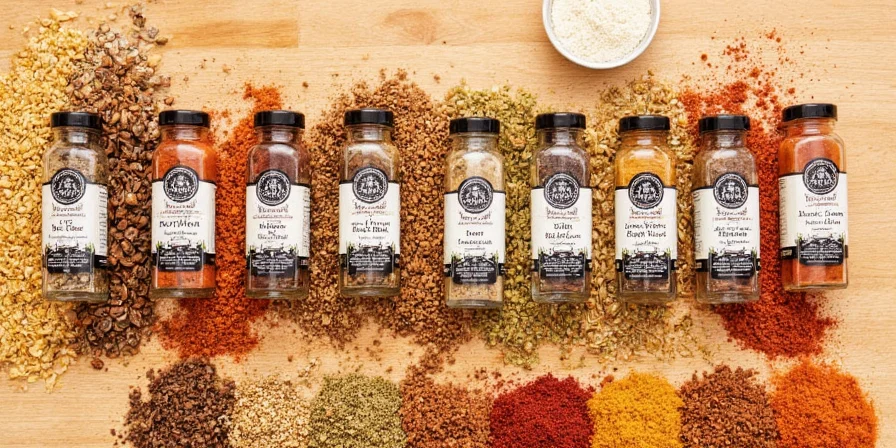
Proven method: Use whole sticks in braises (remove before serving), ground in final 10 minutes for sauces. Just 1/8 teaspoon per serving enhances savory dishes without making them taste sweet.
6. Chili Powder – Restaurant-Style Tacos Every Time
When to use: Tacos, chili con carne, marinades
Fix this problem: "My homemade chili never tastes like restaurant versions"

Proven method: Make your own blend: 2 tbsp paprika + 1 tsp cumin + 1/2 tsp garlic powder + 1/4 tsp oregano. Commercial blends vary wildly in actual chili content.
7. Cayenne Pepper – Controlled Heat Without Burning
When to use: Sauces, spice rubs, finishing touches
Fix this problem: "I always add too much heat and ruin the dish"
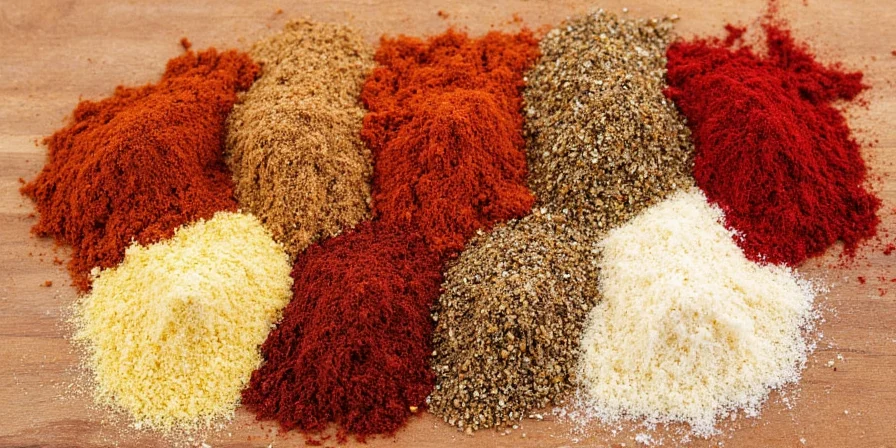
Proven method: Bloom in oil first for even distribution. To fix over-spicing: 1/4 tsp sugar per cup binds to heat receptors more effectively than dairy.
Spice Combinations That Actually Work
Forget random mixing—these tested combinations solve specific problems:
- Cumin + Coriander (2:1 ratio): Fixes bitter notes in bean dishes while adding complexity
- Turmeric + Black Pepper + Fat: Creates golden color without bitterness (3:1 turmeric-to-pepper ratio)
- Paprika + Acid (lemon/vinegar): Preserves vibrant color in stews and braises
These combinations work across cuisines because they address universal flavor balance principles—not just random traditions. Use them to fix common cooking problems consistently.
Practical Storage and Usage Tips That Last
- Store whole spices only: They retain flavor 3x longer than pre-ground versions. Grind small batches as needed using a dedicated coffee grinder.
- Freeze for maximum freshness: Keep whole spices in the freezer—this preserves volatile oils better than pantry storage.
- Bloom in sequence: Heat oil to 180°C, add spices from coarsest to finest, stir 15 seconds until fragrant.
- Add in this order: Earthy spices (cumin, turmeric) first → bright spices (coriander, paprika) mid-cook → heat (cayenne) last
- Fix common problems: Overspiced? Add sugar. Bitter turmeric? Add acid. Faded color? Add acid at the end.
Quick Reference: When to Use Each Spice
| Spice | Solves This Problem | When to Add | Perfect Pairings | Common Mistakes |
|---|---|---|---|---|
| Cumin | Bland bean dishes | First 10 minutes | Coriander, paprika | Adding too late |
| Paprika | Dull-colored stews | Last 5 minutes | Acids, cumin | Adding too early |
| Coriander | Flat vegetable dishes | Middle of cooking | Cumin, turmeric | Dry toasting |
| Turmeric | Bitter golden milk | With fats first | Black pepper, fats | Using alone |
| Cinnamon | One-note stews | Last 10 minutes | Tomatoes, citrus | Using cassia |
| Chili Powder | Bland tacos | First 5 minutes | Cumin, oregano | Using commercial blends |
| Cayenne | Uncontrolled heat | Final addition | Fats, sugar | Adding dry |
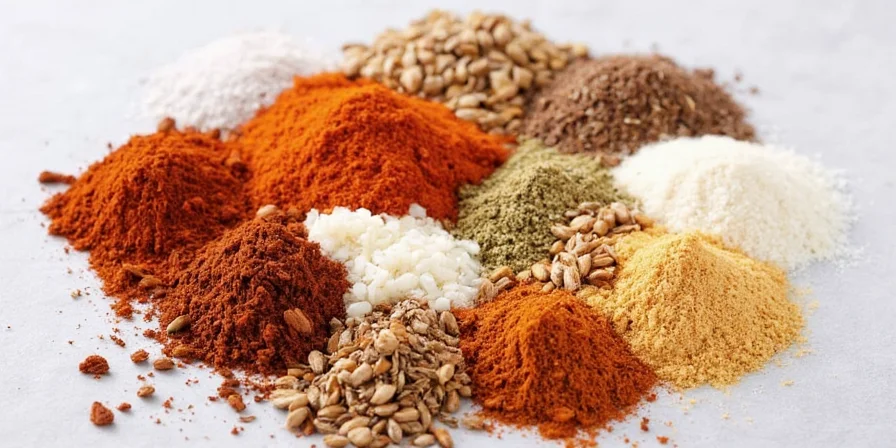
Solving Your Most Frustrating Spice Problems
Which 7 spices should I buy first as a beginner?
Start with: cumin, sweet paprika, coriander, turmeric, Ceylon cinnamon, chili powder, and cayenne. These solve 95% of home cooking flavor problems across multiple cuisines. Skip specialty spices until you've mastered these basics.
Why does my turmeric stain everything?
Turmeric binds aggressively to proteins. Prevent stains by adding oil first (creates a protective barrier), using non-porous utensils, and adding acid ingredients after turmeric. For existing stains, rub with lemon juice before washing.
Can I substitute paprika for chili powder?
Only if you're using smoked paprika as the base. Regular paprika lacks the cumin and garlic in chili powder. For authentic flavor: combine 2 tsp paprika + 1/2 tsp cumin + 1/4 tsp garlic powder per tablespoon of chili powder required.
How do I fix a dish that's too spicy?
Add 1/4 tsp sugar per cup of liquid while simmering. Sugar binds more effectively to heat receptors than dairy. Never add more liquid—it dilutes all flavors. For turmeric bitterness, a splash of vinegar neutralizes alkaloids.
Do I really need to toast spices?
Yes—for cumin and coriander specifically. Controlled toasting releases 70% more flavor compounds. But use precise temperatures: cumin at 150°C, coriander at 130°C. Exceeding 160°C creates bitter compounds. For most other spices, blooming in oil works better.
Putting It All Together
Master these 7 spices and you'll solve most home cooking flavor problems. The key isn't having more spices—it's knowing exactly how to use these few effectively. Focus on:
- Adding spices at the right time (not all at once)
- Using proper storage (whole spices in freezer)
- Fixing common problems with specific solutions
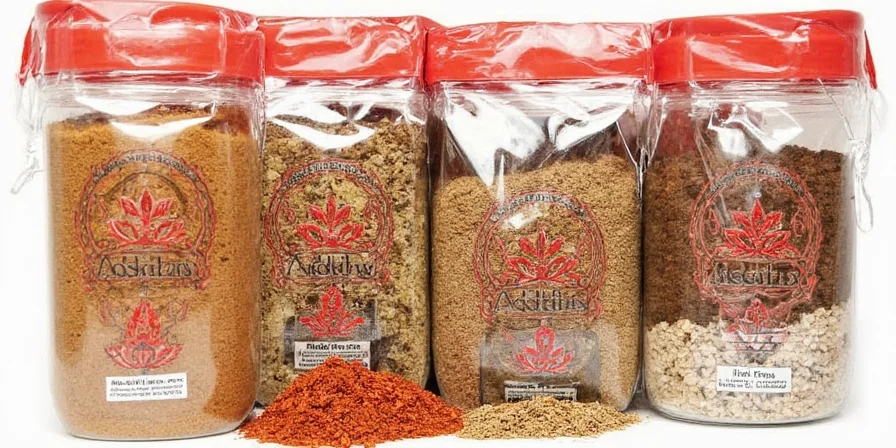
Implement these specific techniques for 30 days and notice the difference in your cooking. You don't need expensive equipment or rare ingredients—just precise knowledge of how these 7 essential spices work.

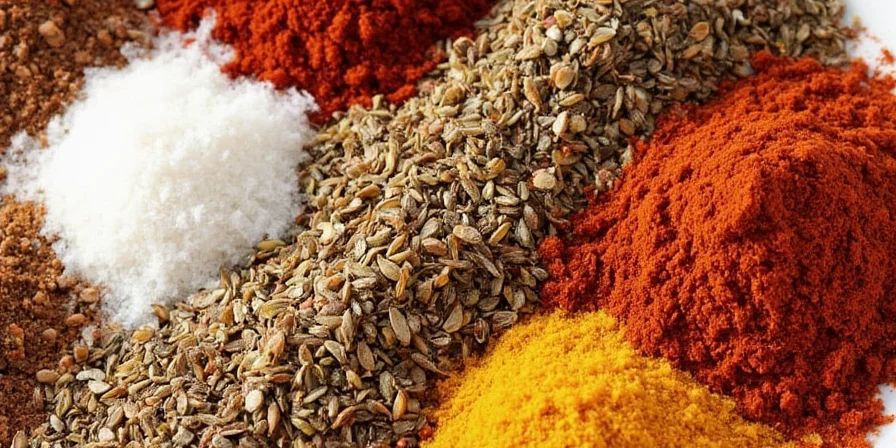









 浙公网安备
33010002000092号
浙公网安备
33010002000092号 浙B2-20120091-4
浙B2-20120091-4